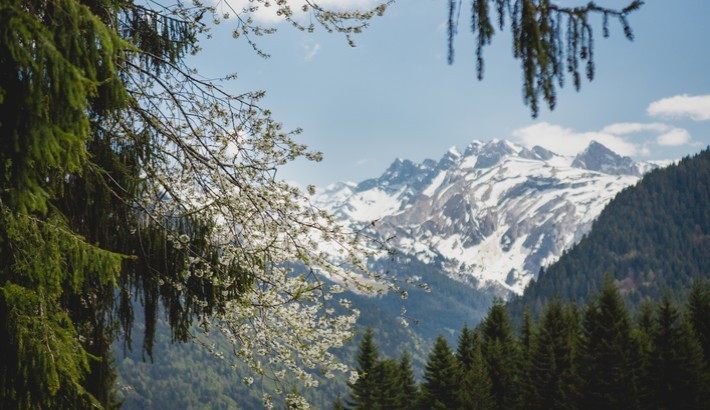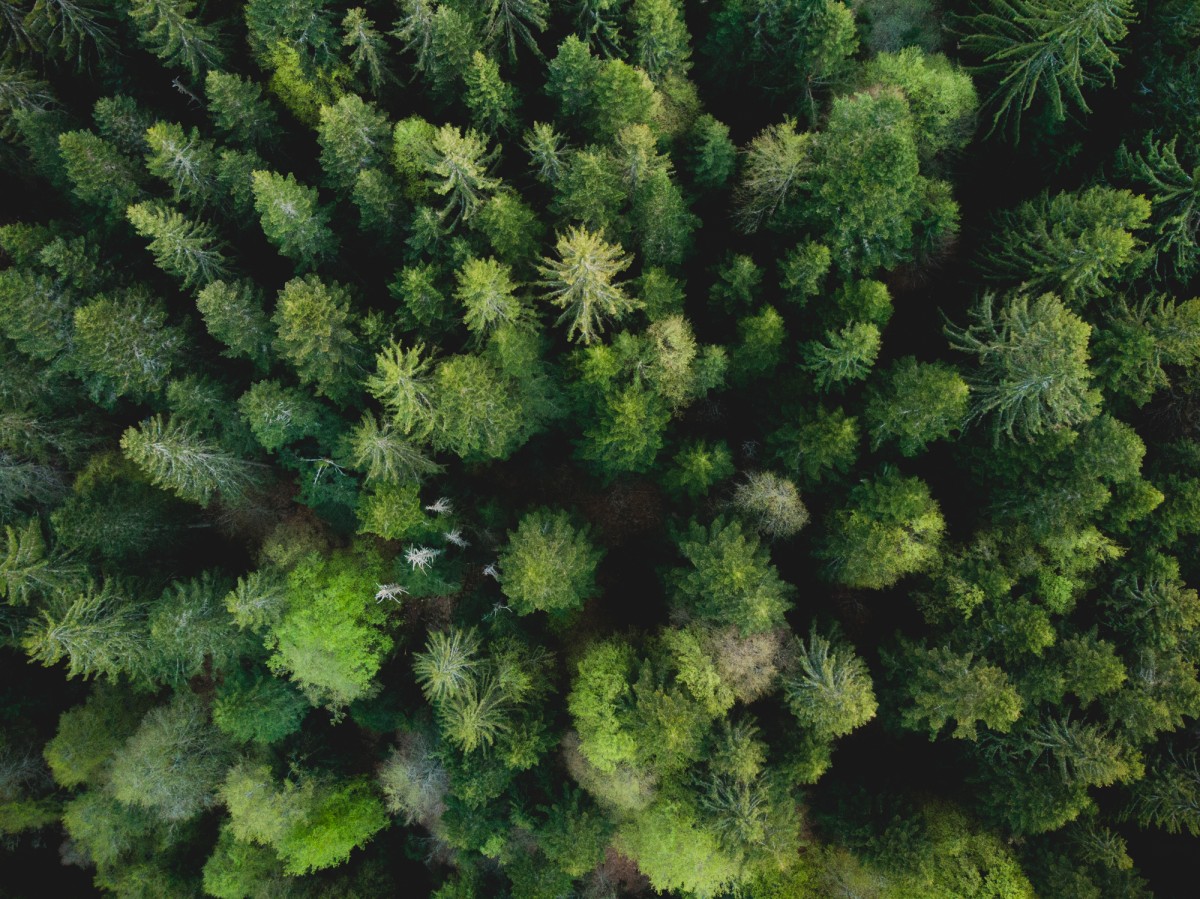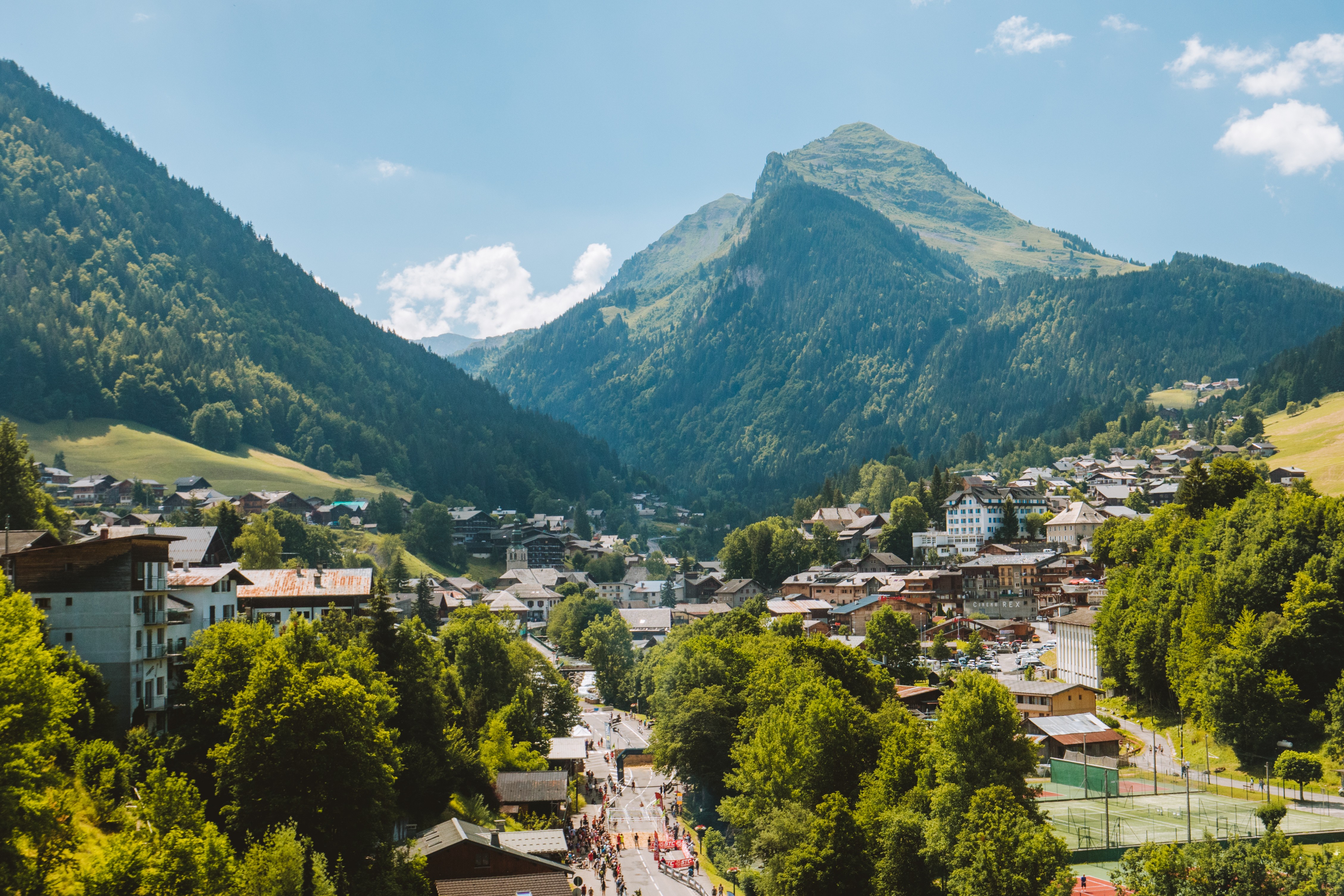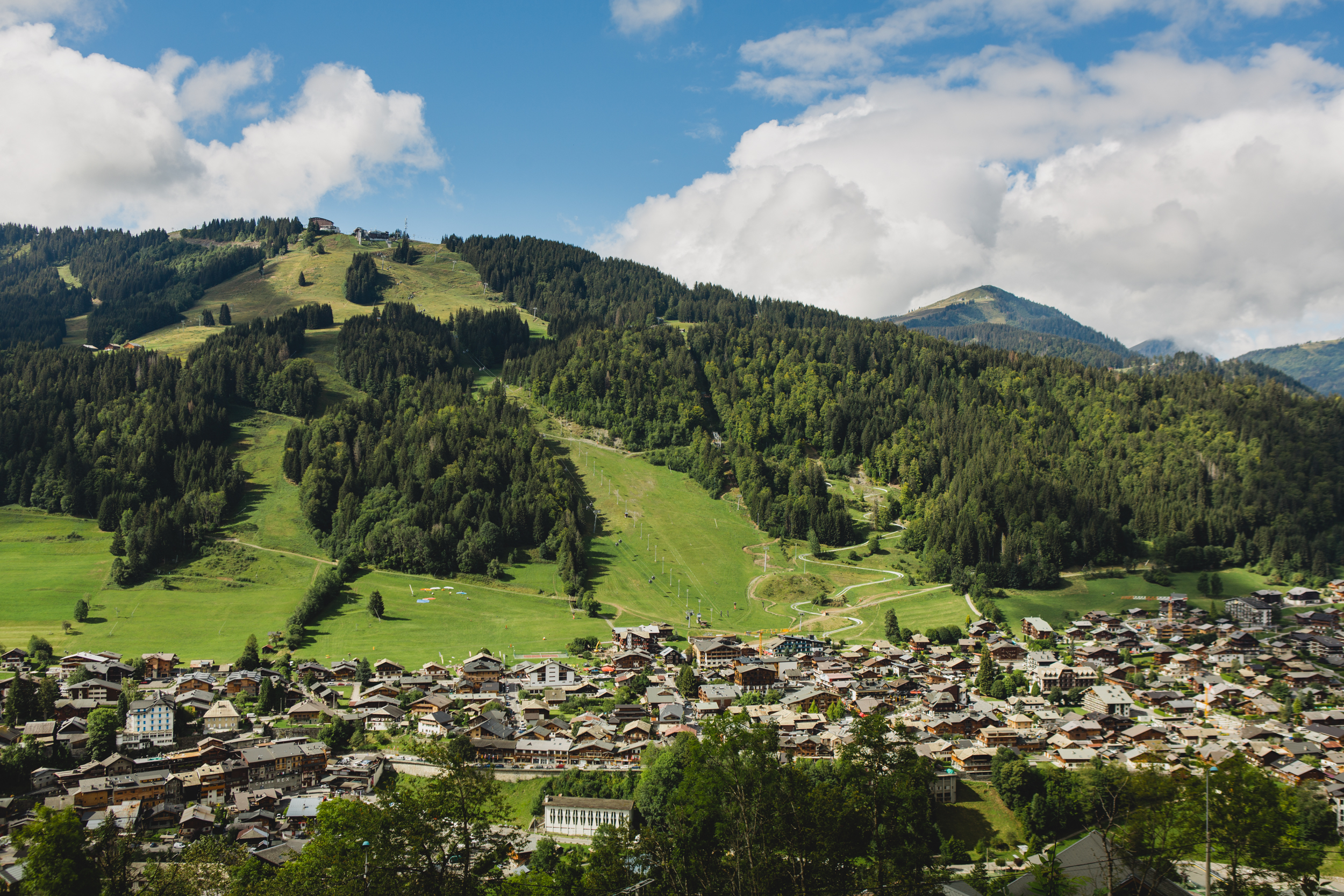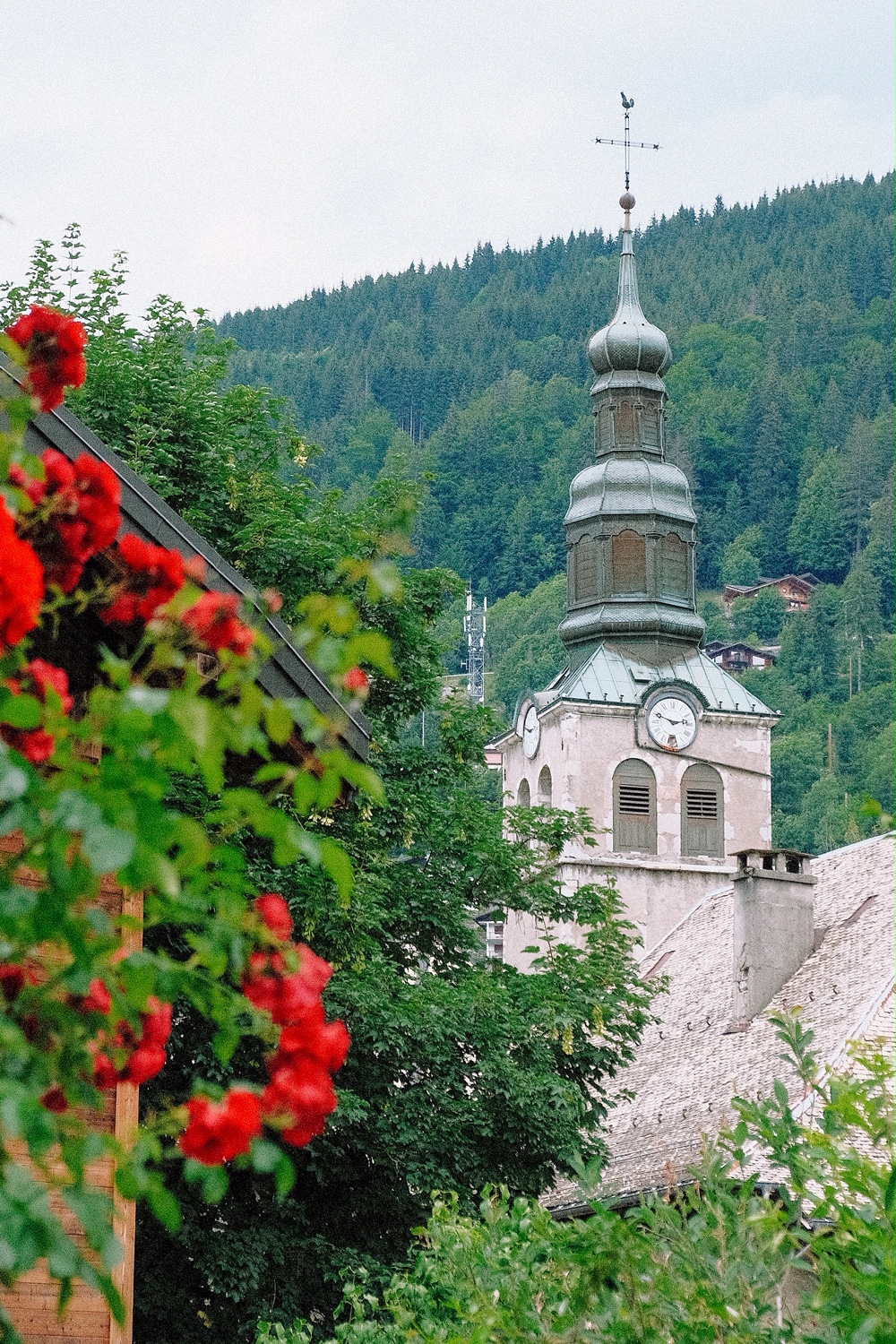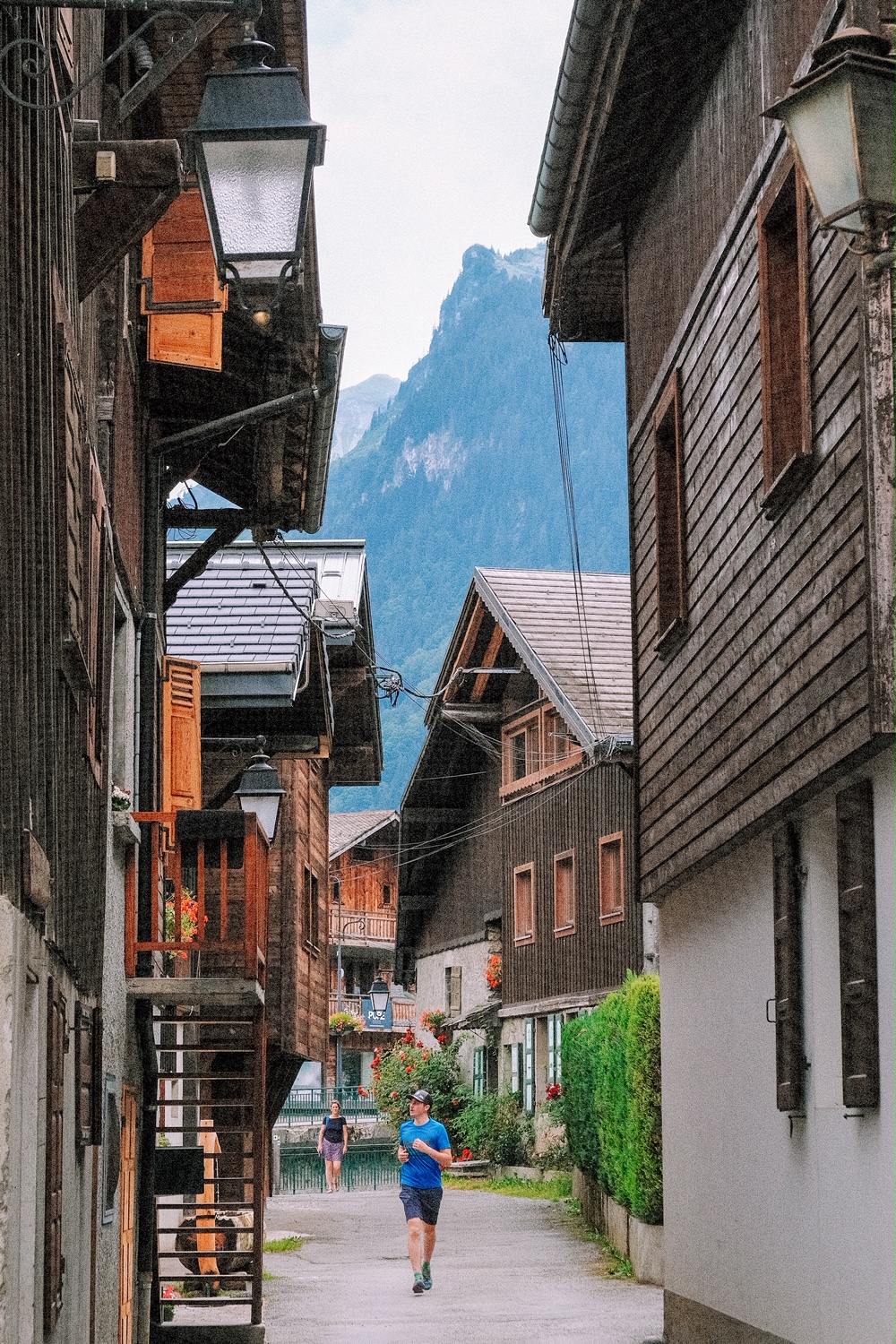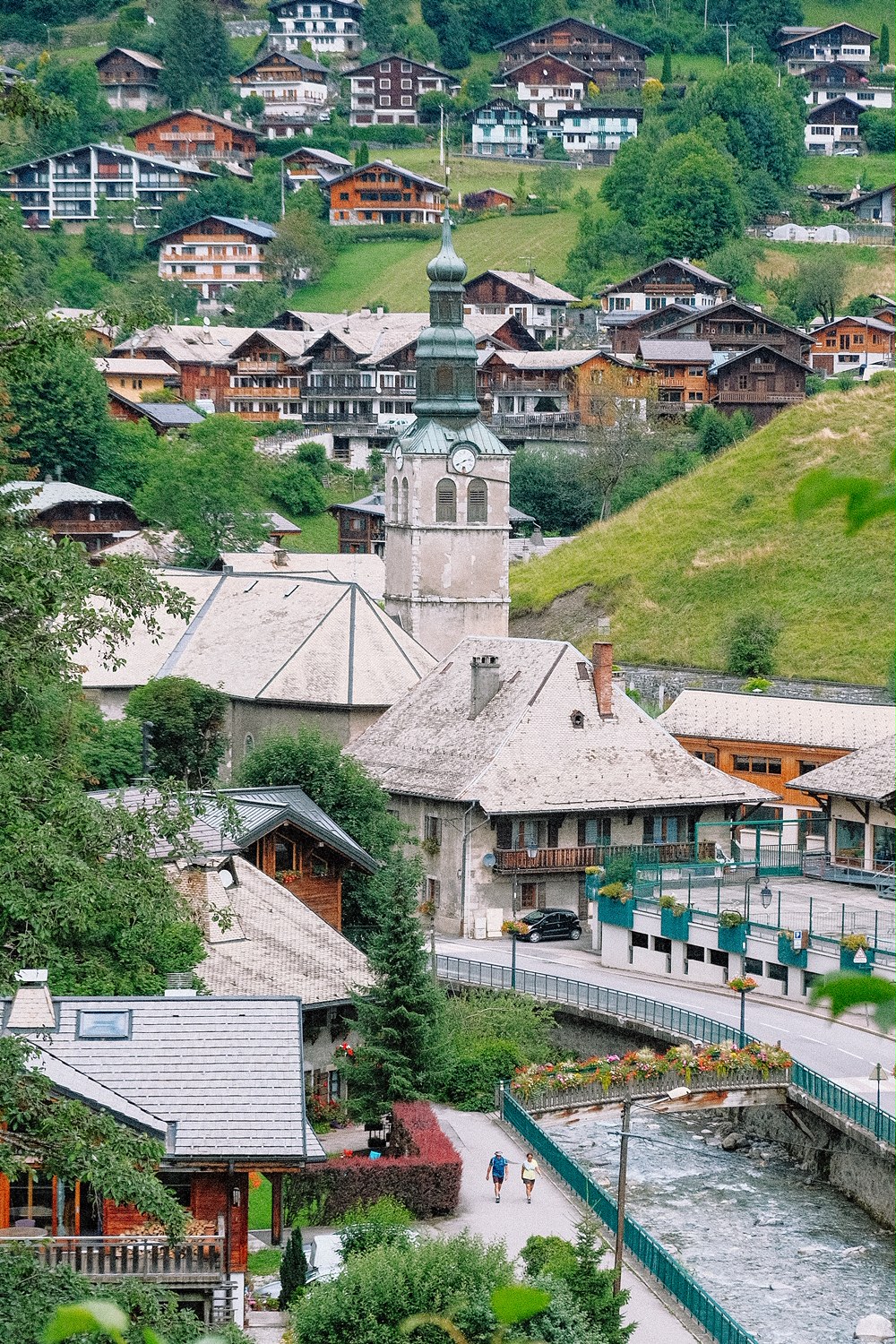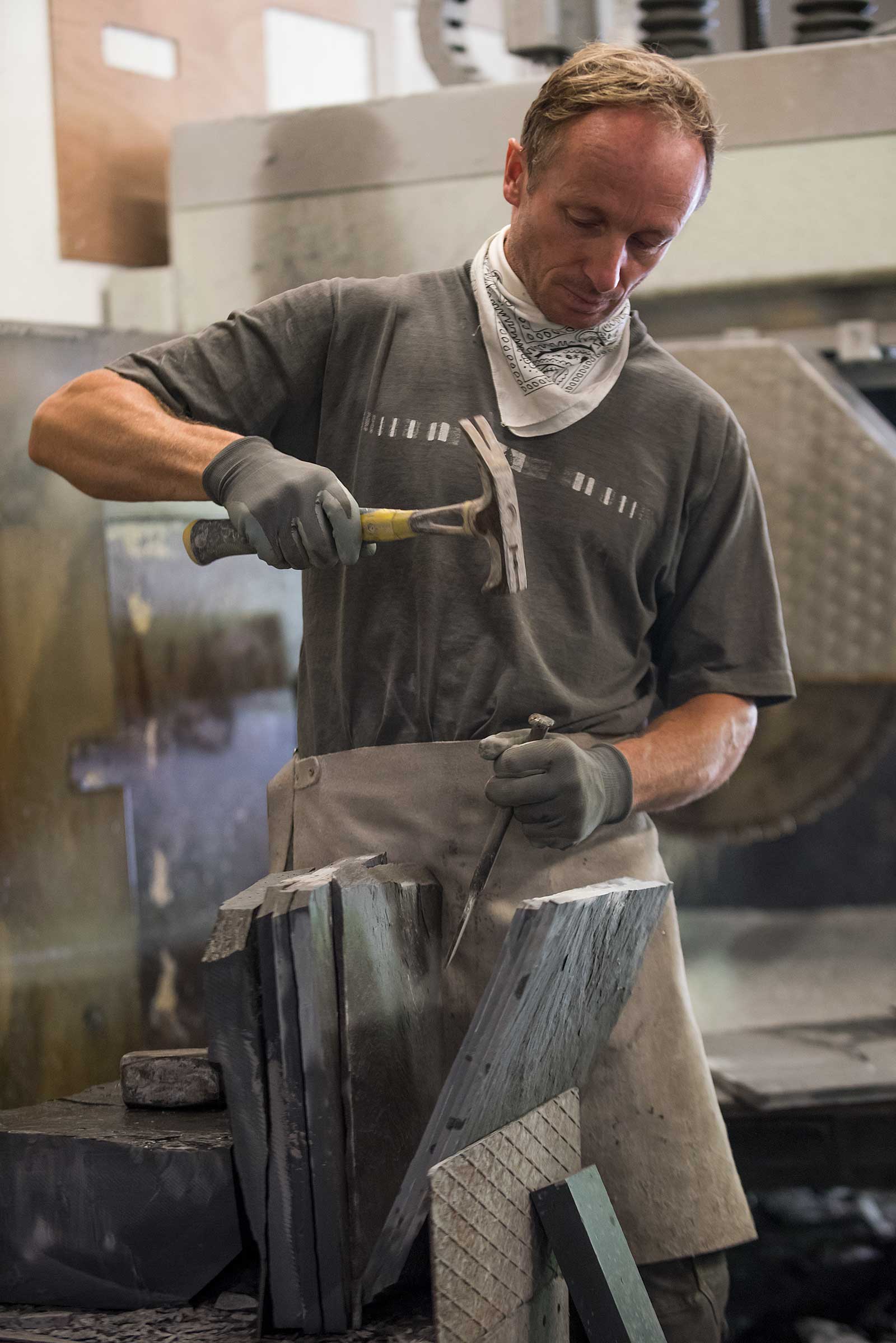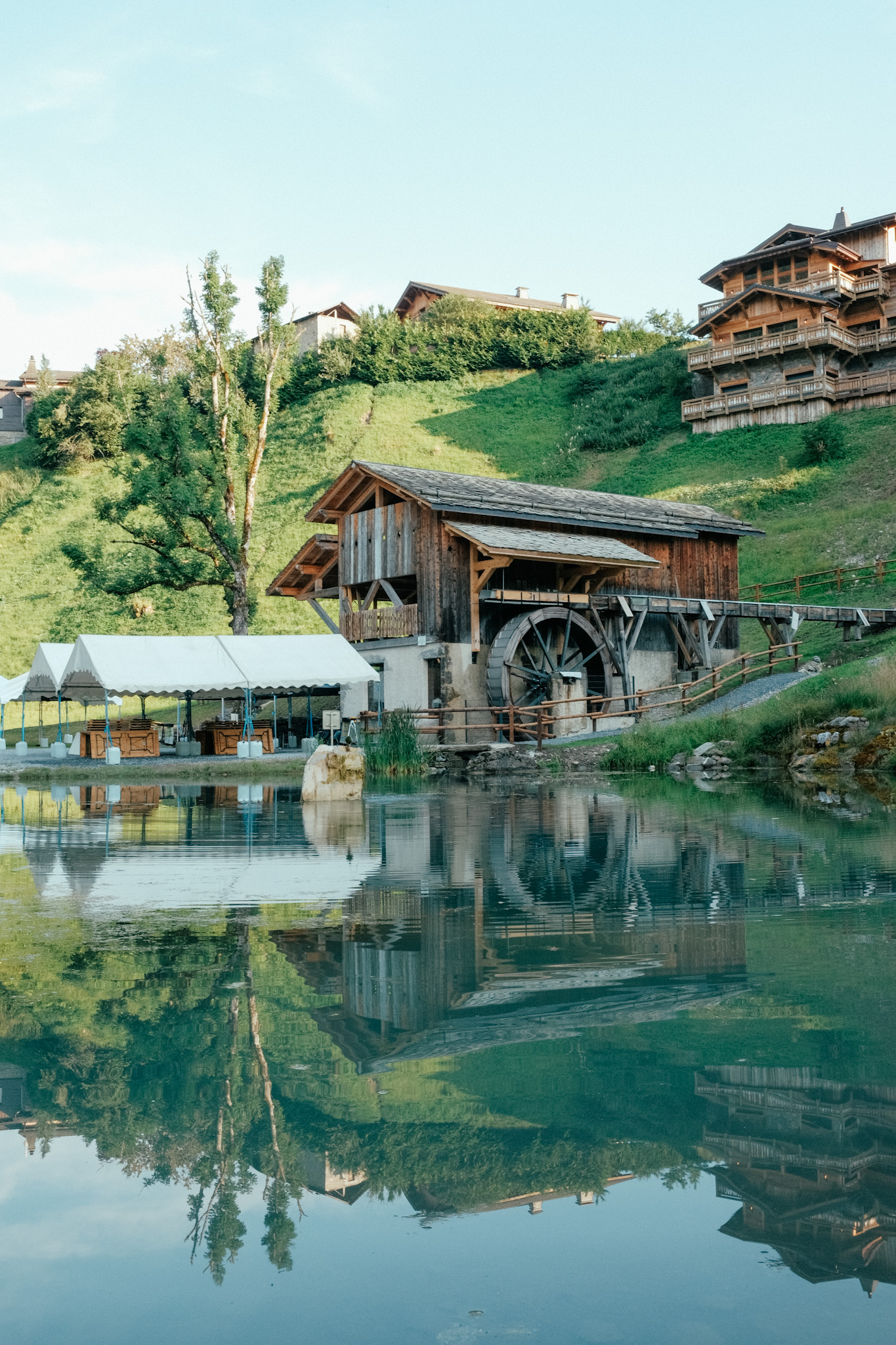How well do you know the history of Morzine ?
Presentation
Morzine, an Haut-Savoyard village of character
Once you come to Morzine, all you want to do is to come again! Truly, after tasting the charm and authenticity of the streets and alleys of the village, you can only love it.Between forests and mountains, the village has retained its authentic Savoyard character, with beautiful chalets but also its way of life and traditions; the village of Morzine has retained its charm. Nature and habitat coexist in harmony, and its chalets have also kept their old, architectural beauty. In Morzine, architecture, heritage, food, materials, culture - everything makes it unique and authentically French! Through the years, traditions have been transmitted from generation to generation and that's what we love in Morzine.
« Les Ardoisières » (slate mines) brought Morzine to life before winter sports
In 1900, extraction of slate was the main activity in Morzine. From November to May, nearly two hundred slate workers mainly worked in these quarries.Today, the extracted slate are still admired on chalet roofs. The slate mine sites are still active and are adapting to find new outlets, such as decorative items that are appreciated as much by locals as by tourists.
Welcoming tourists is in the blood of locals in Morzine
Morzine can be considered a pioneer in the tourism industry. In the early 20th century, the village was essentially a summer resort. At that time, hosting tourists was like a breath of fresh air for the locals, who lived modestly thanks to agricultural activities, as the slate mining industry was already declining.During the 1920s, the current Route de la Plagne, the main street of the village, was used as a ski slope. At the time, skis were just simple wood boards and bindings were simple laces. Ski lifts did not yet exist.
The development of tourism became exponential in the 1930s. In 1936, the resort already had 15 hotels, 5 guesthouses, 60 rental chalets, a hotel and a mountain chalet. All in all, 850 beds were available for rent, accommodating 2,500 people in summer and 1,800 in winter. Morzine was then the resort that was best equipped to welcome tourists in the Chablais area.
The construction of the (25 seater) Pleney cable car had begun two years earlier, in 1934. The cable car was put into service on December 15 of the same year and inaugurated on January 12, 1935. That was when winter sports really took off. Other infrastructure then emerged during the following decades. The Super-Morzine lift was built in 1952. It was started up in January 1953, but was stopped in 1964 due to a fire.
Work on the (35 seater) Nyon cable car began and ended in 1960 and on the Prodains cable car (80 seater), which linked Morzine to Avoriaz, in 1961. Also in the 1960s, one of the great innovations in Morzine was the Inauguration of the Avoriaz resort on January 8, 1967.
Since then , the hotel industry has grown enormously, as the resort has appealed to both French and foreign tourists. Today, Morzine has more than 40 hotels in the village and most of them are run by families whose ancestral home is Morzine.
The status of a “resort with a warm welcome” is a source of pride to the locals.
« La Battante » links Morzine with its past and present
The village of Morzine is also proud of its past and its traditions. The association “La Battante Morzinoise ” is a perfect example of it. Created in 2012, it aims to rebuild a sawmill in the village.This sawmill with a swing in the 19th century, produced boards and beams thanks to the motive force of water. The water wheel used for its recent reconstruction at the entrance of “Parc des Dérêches” dates from 1914. Reconstruction work was provided by the Morzinois and the many active volunteers who devoted their know-how and their time to come to the aid of this project.
This building, in its green landscape, constitutes a real link between the past and the present and is sure to delight visitors.
The Battante is open to visitors, with free access every day.
Different educational displays explain the details of the project, as well as the investment of the association and its volunteers.
If you want to know more about Morzine, its history and its heritage, the best way is to follow the heritage tour of Morzine, organised by a Heritage Guide. She will help you discover the old village and the evolution of Morzine through the centuries (habitat, lifestyle, traditions, history of Savoy, church, etc.). A free heritage map is also available from the tourist office.

